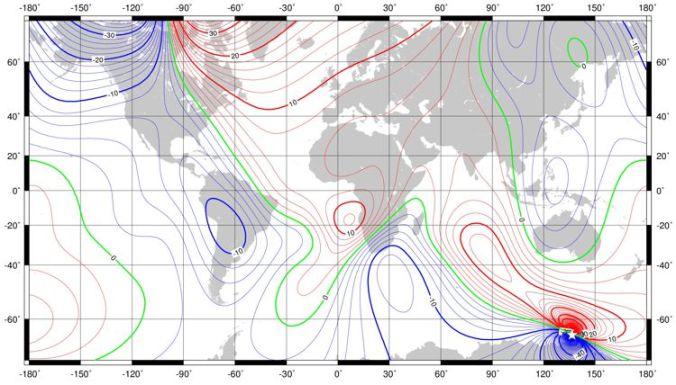Jan. 22, 2019: On Jan. 21st at 04:41:43 UT, a meteoroid slammed into the Moon. We know this because so many people witnessed the explosion. It happened during a total eclipse of the Moon, visible from five continents. Dr. Fritz Helmut Hemmerich photographed the eclipse from the Canary Islands of Spain and captured the fireball:
“This is a happy shot!” says Hemmerich. “The shot just before and the shot just a few seconds later show nothing. The fireball was short-lived and I’m glad I caught it in this 2-second exposure.”
Dozens of reliable images and videos of the impact have surfaced in the days since the eclipse. Analyzing one sharp image taken by Christian Fröschlin of the Netherlands, geologist Justin Cowart has estimated the selenographic coordinates of the impact site: 29.47S, 67.77W +/- 4km. This puts it just to the west of the lunar crater Lagrange H. NASA’s Lunar Reconnaissance Orbiter may be able to use such coordinates to target its cameras and photograph the crater.
Meteoroids hit the Moon all the time. Literally. NASA has been observing impact flashes since 2005. Recently, other groups in Europe have joined the hunt. Flashes are typically recorded once every 2 to 3 hours of observing time. Impactors range in size from softballs to boulders, liberating energies equal to tons of TNT when they strike.

Above: The impact flash, photographed by Hunter McWilliams of Lubbock, Texas
The rare thing about this strike is that it was photographed during a full Moon, when lunar glare usually overwhelms the glow of any fireball. During the eclipse, Earth’s shadow turned lunar day into almost-night for an hour, allowing the fireball to be seen.
Readers, were you taking pictures of the eclipse around 04:41 UT? Check your photos. You might have captured an explosion. Submit images here.













